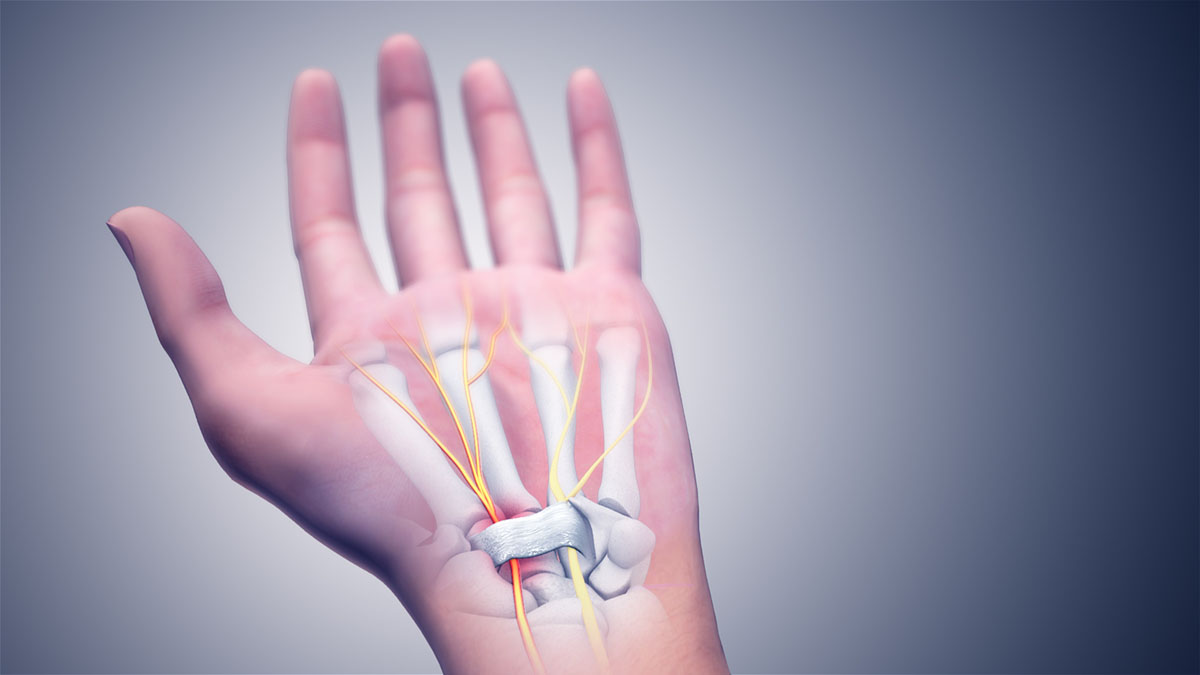
What is Carpal Tunnel Syndrome?
Carpal tunnel syndrome occurs when the median nerve, which passes from the forearm to the hand, becomes pressed in the wrist. This nerve controls the sensation in palm side of fingers. Carpal tunnel is a channel at the base of the hand, through which the median nerve passes. The tunnel can be narrowed due to swelling from the irritated tendons and it presses against the nerve. It can result in pain, numbness and weakness of the hand and wrist. Those symptoms may radiate to the arm.
Causes of Carpal Tunnel Syndrome
Carpal tunnel syndrome is in most cases caused by a combination of factors that increase the pressure on the median nerve. Some people are genetically predisposed to carpal tunnel syndrome, because they are born with narrower tunnel, that is more likely to swell.
Other factors that increase the risk of carpal tunnel syndrome include injury, trauma, overactive pituitary gland, hypothyroidism, rheumatoid arthritis, fluid retention, cyst, or a tumor. It can also be used by a frequent use of vibrating tools and work stress.
Although it is believed that carpal tunnel syndrome is caused or aggravated by performing repetitive and forceful movements with the hand and wrist, there is little clinical data and scientific proof for it. Repetitive motion is more likely to cause tendonitis and bursitis. Also, writer’s cramp is not a symptom of carpal tunnel syndrome.
This problem is more present in people who work in assembly industry, like in packing, finishing, cleaning, sewing and similar, than in those who use computers or typewriters a lot.
Women are believed to be at more risk of carpal tunnel syndrome than men because their carpal tunnel is usually smaller. If it occurs, it first affects the dominant hand and the symptoms are stronger in that hand.
Diagnose
Carpal tunnel syndrome is usually diagnosed by a physical exam and through a test in which a doctor taps the wrist while it is bent, with hands pressed against each other. If the symptoms occur after this, it is highly probable that it is indeed carpal tunnel syndrome. Doctors may also perform additions tests, like electrodiagnostic tests and ultrasound. An MRI is usually not necessary.



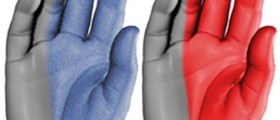





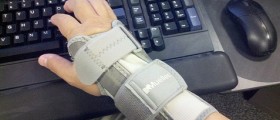

-Causes,-Symptoms,-Diagnosis,-Treatment_f_280x120.jpg)
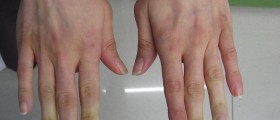

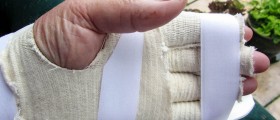

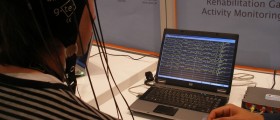
Your thoughts on this
Loading...